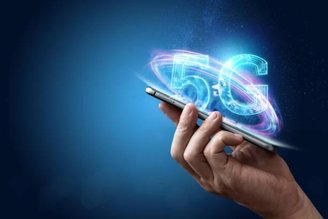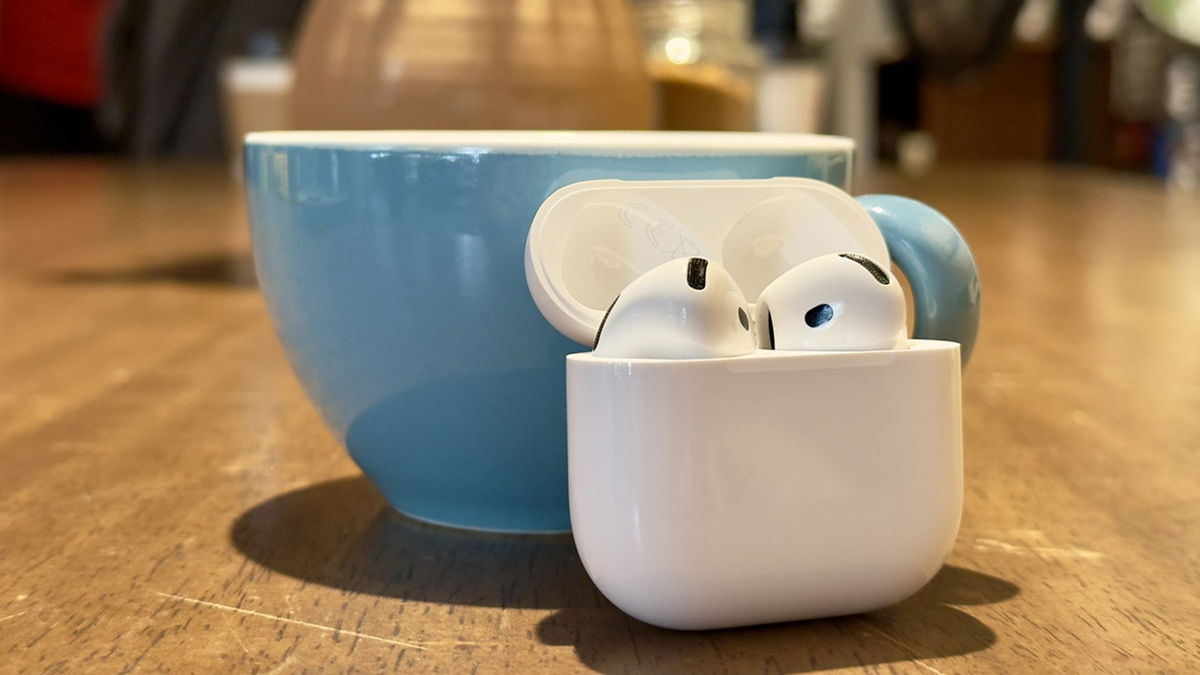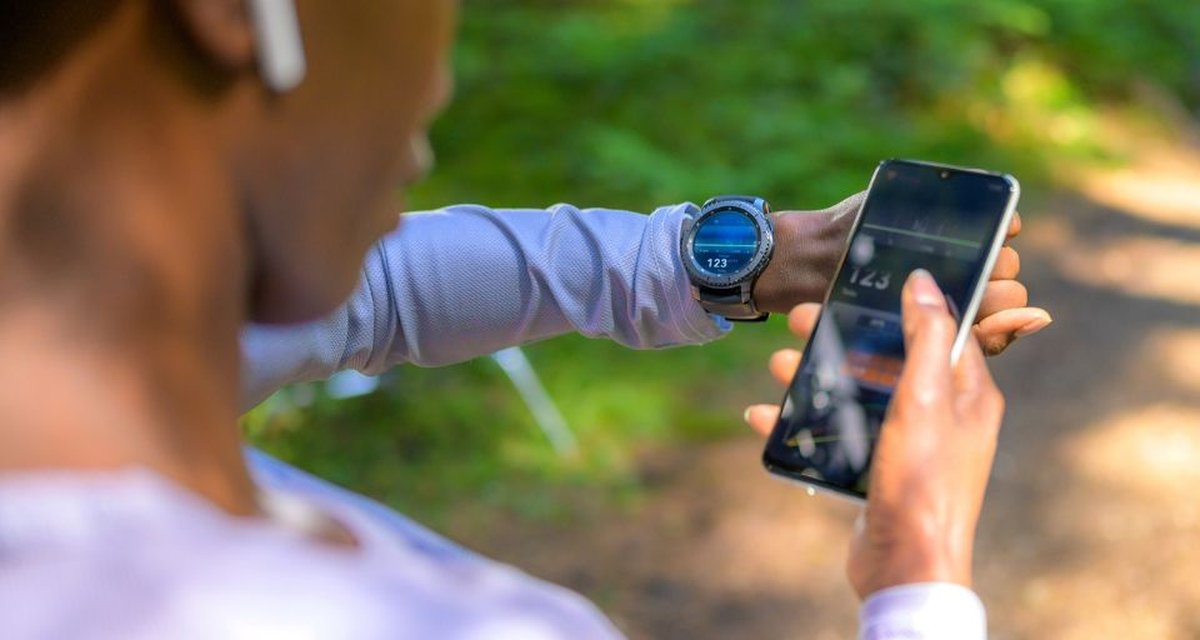The Internet of Things (IoT) is changing the way we use technology in our daily lives by connecting devices in a smart and practical way. Imagine a world where cables and wires become less and less necessary; This is what IoT promises!
As IoT Analytics predicts this We will have up to 29 billion connected devices by 2027This technology really changes everything. A great example of this revolution is smartwatches.
Smart watches are becoming much more than an accessory by connecting to your smartphone via IoT. They monitor your health in real time, measuring your heart rate, sleep quality and more.
And the best: This data helps you understand and improve your well-being much more accurately. Want to know how smartwatches connect to IoT, what technologies are behind them and how they benefit you? Continue reading our article!
How do smartwatches integrate with IoT?
The Internet of Things (IoT) is like a vast network that connects all types of devices to the internet, allowing them to communicate with each other and exchange data. From your smartphone to your deep fryer, smart light bulb, and washing machine, almost anything can be integrated into this interconnected network.
Smartwatches are a good example of how IoT can turn a smart device into a powerful tool. Smartwatch connects to IoT in many waysImproving the way we interact with technology. See how this happens:
1) Connection to smartphones and other devices
Smartwatches usually connect to smartphones via Bluetooth or Wi-Fi. This connection allows them to access phone data such as notifications, messages, and calls, as well as sync apps and health data.
2) Cloud applications and services
Smartwatches are equipped with sensors that track health parameters such as steps and blood oxygen levels. Data is collected and sent to the cloudwhere it can be analyzed and accessed by different devices and health and fitness apps, syncing data between them and providing personalized recommendations.
3) Home automation
Some smartwatches can control smart home devices such as thermostats, lights, and locks. This is possible through home automation applications integrated with smart watchIt allows you to manage your home from your wrist.
4) Interaction with location services
Smart watches can use GPS et al Sensors that provide location-based information such as real-time navigation and nearby activity recommendations.
What technologies have made IoT possible?
According to IoT Analytics’ “State of IoT 2024” report, global IoT connectivity is dominated by four main technologies:
- wifi;
- Bluetooth;
- cellular IoT;
- Artificial Intelligence (AI).
wifi
Wi-Fi accounts for approximately 31% of all IoT connections. Wireless technology has improved in recent years, and by 2023, three-quarters of Wi-Fi-enabled devices were using the latest versions: Wi-Fi 6 and Wi-Fi 6E.
For the Internet of Things and smart watches Wi-Fi makes it easy to sync data with smartphones and communicating with cloud-based applications and services.
This means these devices can update your health information, receive notifications, and interact with other smart home devices more efficiently and instantly.
bluetooth
Bluetooth is another important technology for the Internet of Things (IoT), and approximately 25% of IoT devices worldwide use this technology for their connections.
Bluetooth Low Energy (BLE) – also known as Bluetooth Smart –is particularly important for smart watches because, in addition to saving battery, it enables continuous and efficient communication with health applications and notification systems.
cellular IoT
Cellular IoT represents approximately 21% of global IoT connections; It covers a variety of mobile networks such as 2G, 3G, 4G, 5G, LTE-M and NB-IoT, offering wide coverage and different performance levels to meet the specific needs of connected devices.

for smart watches to 5G networks also offer higher speed and data transmission capacityWe improve the overall user experience with real-time services and instant updates.
Artificial Intelligence (AI)
Artificial Intelligence has proven to be a powerful ally for the evolution of the Internet of Things by expanding the capabilities of connected devices.
The integration of AI into IoT allows devices such as smartwatches to collect and transmit this information, as well as learn to make smarter decisions.
Generative artificial intelligence (GenAI) and edge AI are among the notable trends of 2024 and promise to revolutionize the way we interact with technology.

According to Paulo Barbosa, leader of the Health Committee of the Brazilian Internet of Things Association (ABINC), the integration of generative AI in healthcare has tremendous potential. “IoT is very important to make this AI more responsive, because in healthcare this technology needs to be highly contextual,” says Barbosa.
Besides, Edge AI improves security, accuracy and efficiency of IoT applications by choice processing data, identifying patterns and providing valuable information in real time.
This is possible thanks to a combination of advanced sensors, powerful connectivity and machine learning techniques that automate processes and provide more accurate results.
Benefits of integrating smart watches with the Internet of Things
IoT allows devices and systems to connect and exchange information, and smartwatches play an important role in this interconnected ecosystem.
Control center for various services
Smartwatches act as a convenient control center for various IoT devices. Rather than interacting with each device individually, users Manage your connections and devices without leaving your couch.
More Data = Better IoT Performance
Smartwatches are valuable data sources for IoT. They collect detailed information about users’ health, such as heart rate, sleep patterns and physical activity levels.
The information helps improve the functionality of connected devices, providing a more personalized experience. For example, even these data Predicting and preventing health problems based on established patterns.
The integration between smartwatches and the Internet of Things (IoT) opens up a world of possibilities. But with all these advances, it is our obligation to be aware of the necessary measures to ensure that this integration brings benefits rather than disadvantages.
Increasing reliance on connected technologies can create challenges with interoperability and device management. Additionally, data privacy is a recurring concern.
Collecting and sharing personal and health information can raise questions about cybersecurity and digital ethics. Therefore, it is critical that developers and users adopt strict cybersecurity and privacy practices.
Keep checking TecMundo to stay up to date with the latest developments Trends and technologies shaping the future of connectivity! Read next: What are the 9 best value-for-money smartwatches of 2024? Until next time!
Source: Tec Mundo
I am a passionate and hardworking journalist with an eye for detail. I specialize in the field of news reporting, and have been writing for Gadget Onus, a renowned online news site, since 2019. As the author of their Hot News section, I’m proud to be at the forefront of today’s headlines and current affairs.










